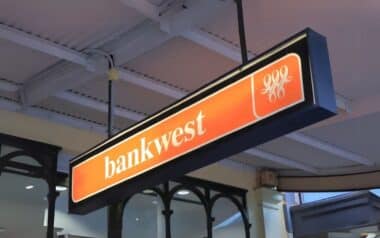New figures from the Australian Bureau of Statistics reveal that Tasmania holds the highest rate of multiple job holders in the country, while also recording the lowest average weekly full-time earnings. This dual challenge is forcing many to juggle several roles just to meet basic living costs.
The pressure of the cost-of-living crisis is being felt acutely in Tasmania, where low wages and a limited job market are pushing residents to take on extra work. Despite a strong work ethic, many are struggling to make ends meet, particularly in Hobart and surrounding areas.
With inflation remaining high and wage growth stagnant, more Tasmanians are turning to casual and gig work to supplement their incomes. The latest trends shed light on an economy that may be failing to provide adequate support to its workforce, especially younger generations and recent migrants.
Tasmania Records Highest Rate of Multiple Job Holders in the Country
The Australian Bureau of Statistics (ABS) reported in December that 8% of employed Tasmanians were holding two or more jobs, outpacing the national average of 6.7%. In Hobart, the figure is even higher at 8.5%, highlighting a regional job market under pressure.
According to Dr Paul Blacklow, an economics lecturer at the University of Tasmania, the main factors driving this trend are low primary incomes and the lack of full-time employment.
ABS historical data show that between 1995 and 2019, the national rate of people holding multiple jobs hovered between 5% and 6%. Since late 2022, however, this number has risen and stayed at record levels. According to Dr Blacklow, “the cost-of-living crisis, and also because nominal wages haven’t been growing that much” are key contributors.
The situation in Tasmania stands out due to its persistent economic constraints. As of the most recent ABS figures, the state has the lowest average weekly earnings for full-time workers at $1,765, compared with $2,178 in the ACT and $1,985 in New South Wales.
Younger Workers and Migrants Hit Hardest by Low Wages
Young adults are disproportionately affected by the shift towards multi-job employment. ABS figures show that workers aged 20–24 are the most likely to be working multiple jobs, often combining study with part-time or casual employment.
For example, 21-year-old Aya Gibson, a full-time university student in Hobart, holds three jobs across hospitality, retail and coaching. “I found that with just a casual job, I still needed to find some extra hours here and there to bolster up the income,” she said.
Migrant workers also face significant challenges. Bruno Cabral, a former lawyer from Brazil, struggled to find full-time employment after moving to Hobart. He turned to gig platforms such as Airtasker, where he now supplements his income by taking on removalist tasks. “It was the easiest and quickest way to make some money,” he explained.









